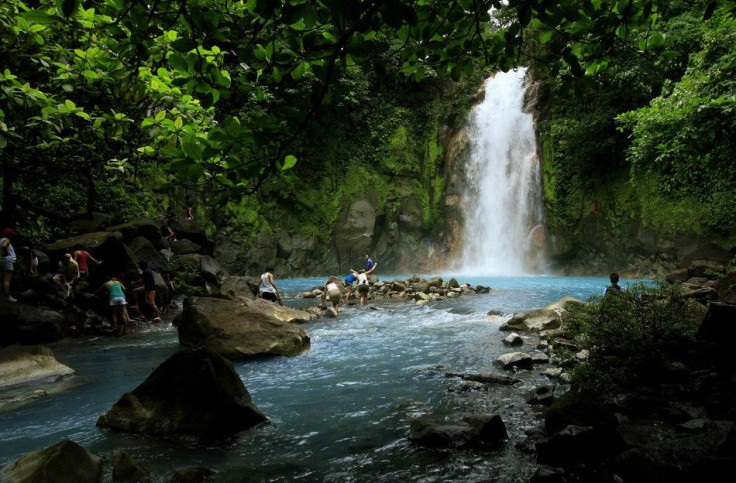Costa Rica Earthquake Not Affecting Tourism; Airports And Hotels ‘Operating Normally’

After a magnitude 7.6 earthquake Wednesday rocked Costa Rica, a popular Central American destination for North American travelers, the tourism board released a statement reassuring visitors that the industry is "operating normally."
Wednesday's quake, which hit near Playa Samara and Sardinal in the northern Pacific coast, was felt 87 miles away in the capital, San Jose, and was followed by three strong aftershocks of magnitudes above 4.0. The event triggered a tsunami warning from the International Ocean Institute for both the Pacific and Caribbean that put countries from Chile to Mexico on alert before it was later canceled.
The Costa Rica Tourism Board reported normal operations late Wednesday night in international airports and flight arrivals at both Daniel Oduber Quirós International Airport and San Jose International Airport. The local airports, too, remain unaffected.
According to flight schedules, all Delta, American and United flights landed without problem Wednesday.
Hotels in the affected area continue to function as normal with only minor damages, the tourism board claimed, as the appropriate authorities evaluate the nation's infrastructure.
"The country is carrying out all necessary surveillance efforts and monitoring different parts of the country to determine the potential damage to infrastructure," it said in its statement.
Costa Rica has strict building codes and has enjoyed more stability and better governance than its Central American neighbors. While its counterparts continue to build in mud and adobe, most buildings in Costa Rica use concrete and steel, buffering them from the effects of Mother Nature.
The nation's stability has helped it become one of Central America's most popular destinations. According to data provided by the Department of Immigration and Foreign Affairs, Costa Rica received 2.2 million visitors in 2011 and nearly 1.3 million international arrivals in the first six months of 2012. The vast majority of those came from Canada, the U.S. and Mexico.
© Copyright IBTimes 2024. All rights reserved.












